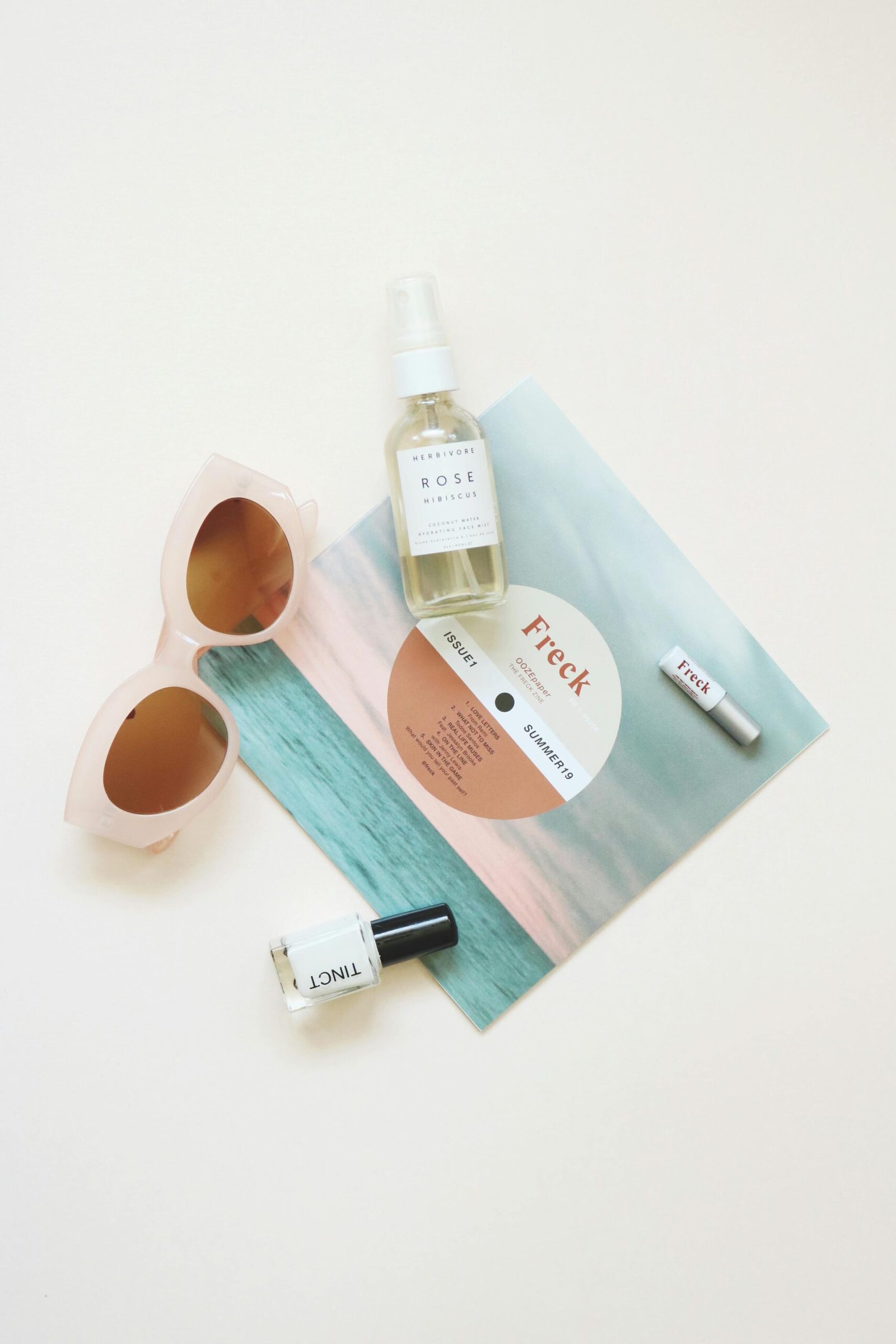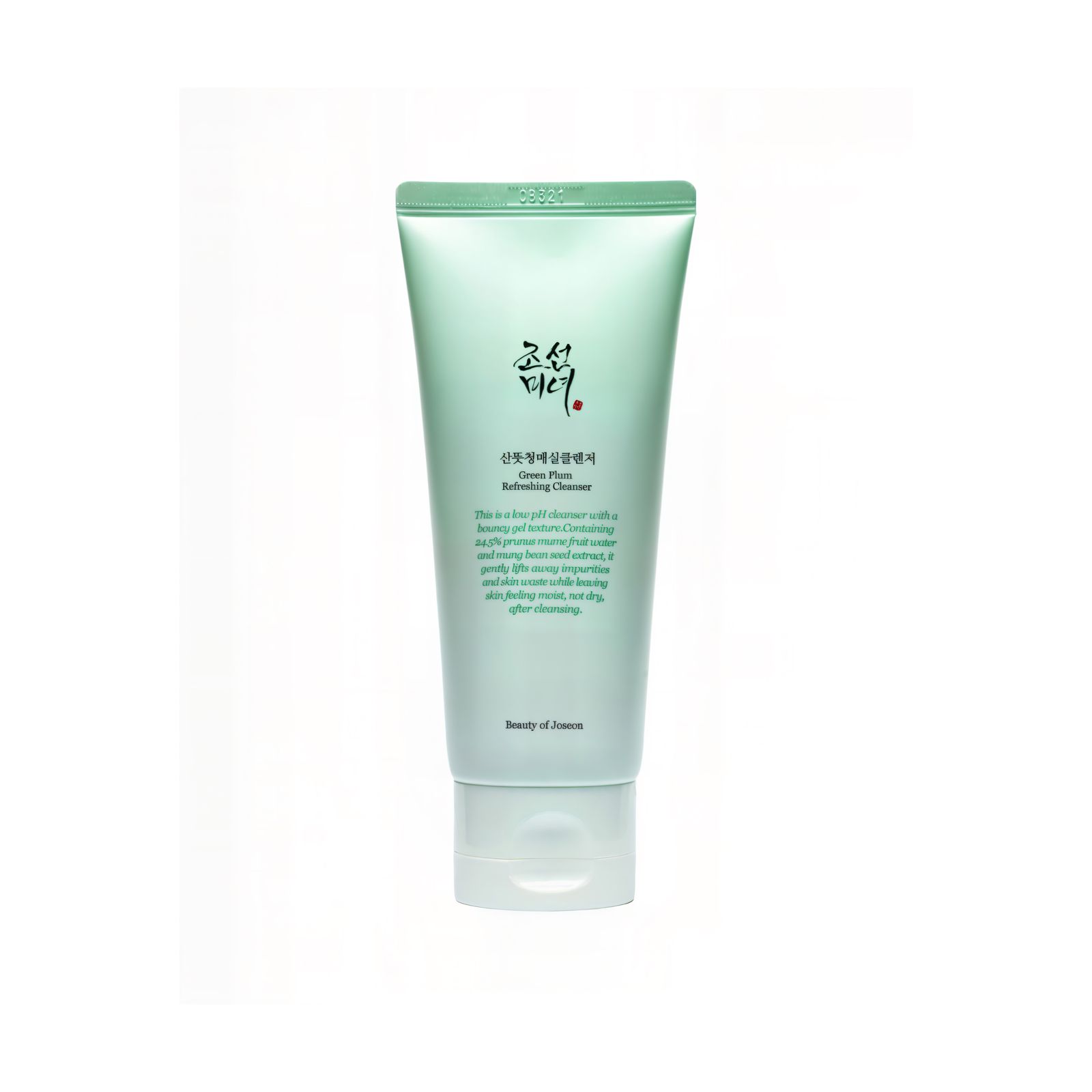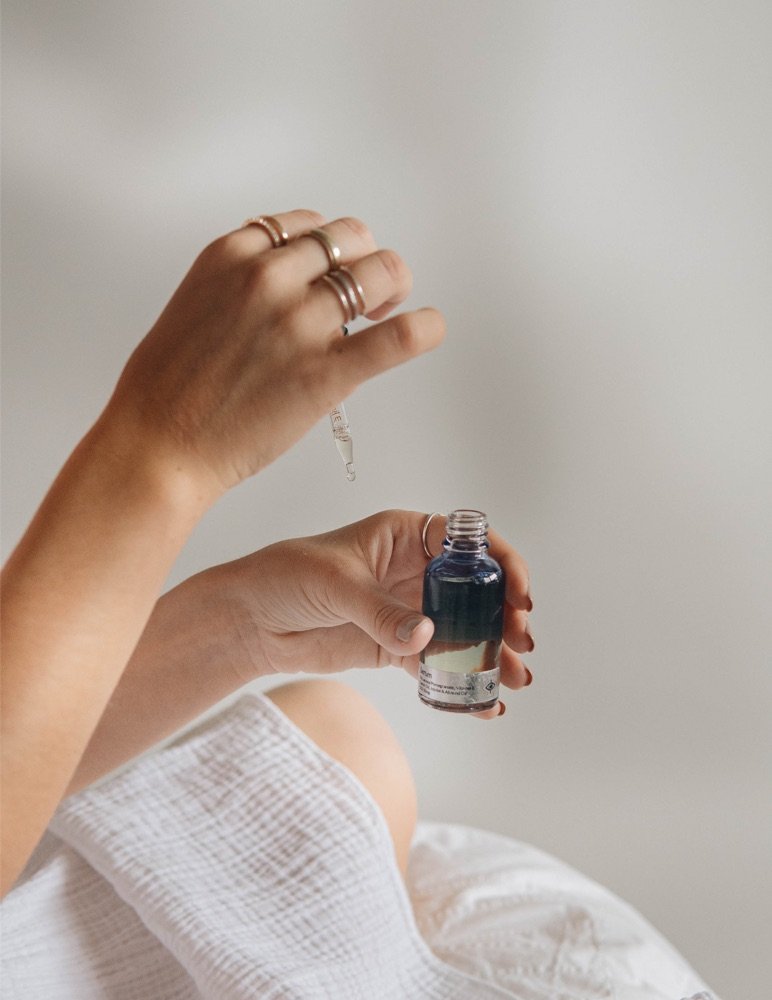When it comes to skincare, cleansing is the first —and arguably most important —step. However, with numerous types of cleansers available on the market, it can be overwhelming to determine which one is best suited for your skin.
If you’ve ever asked yourself, “What is a gel cleanser, and is it right for me?”—you’re in the right place.
In this guide, we’ll break down everything you need to know about gel cleansers: what they are, how they work, their unique benefits, and who should be using them. Whether you’re a skincare beginner or looking to upgrade your current routine, understanding gel cleansers could be a game-changer for your skin.
What Is a Gel Cleanser?
A gel cleanser is a water-based facial cleanser with a thick, slippery, gel-like texture. Unlike foaming cleansers, which produce bubbles and give that squeaky-clean feeling, gel cleansers typically produce little to no lather. Despite their lightweight and gentle feel, they are highly effective at removing dirt, oil, and light makeup, without stripping the skin of its natural moisture.
Gel cleansers are often transparent and glide smoothly over the skin. While their texture may feel unusual at first—especially if you’re used to foaming or cream cleansers—they are specifically formulated to cleanse deeply while being gentle on the skin barrier.
How Do Gel Cleansers Work?
To understand how gel cleansers work, it helps to look at what’s inside. Most gel cleansers are composed of up to 80% water, along with mild surfactants, soothing botanical extracts, and nourishing ingredients such as aloe vera, tea tree oil, or cucumber extract.
When applied to damp skin, the water content in the formula hydrates the outer layer of your skin while the surfactants gently lift away impurities, excess sebum, and environmental debris. Unlike harsher cleansers that can strip your skin, gel cleansers help maintain your skin’s natural oil balance, which is essential for healthy skin function and regeneration.
Some formulas also include antibacterial and anti-inflammatory ingredients, making them particularly effective for acne-prone or sensitive skin.
Benefits of Using a Gel Cleanser
Now that we’ve answered “What is a gel cleanser?” let’s take a closer look at why you might want to switch to one. Here are the top benefits of using a gel cleanser:
1. Deep but Gentle Cleansing
Gel cleansers are known for offering a deep cleanse without irritation. They penetrate the pores to remove excess oil, dirt, and impurities, making them ideal for people with clogged pores or oily skin. The mild ingredients ensure that your skin feels clean but never tight or dry.
2. Acne-Fighting Properties
Many gel cleansers include ingredients with antiseptic and antibacterial qualities, such as tea tree oil or salicylic acid. These help reduce breakouts by eliminating acne-causing bacteria, all while soothing inflammation rather than exacerbating it.
3. Hydration Without Oil
Because they are water-based, gel cleansers provide a boost of hydration without adding any heaviness to the skin. This makes them a favorite for people who want moisture without the risk of clogging their pores.
4. Calming and Soothing Effects
With natural soothing agents like aloe vera, chamomile, or cucumber extract, gel cleansers are especially good for reducing redness, irritation, and inflammation. They’re a great option if your skin is easily reactive or prone to sensitivity.
5. Ideal for Double Cleansing
If you wear SPF or makeup, gel cleansers are perfect for the second step of a double-cleansing routine. Start with an oil-based cleanser to break down heavy products, then follow with a gel cleanser to purify the skin and refresh it without over-stripping.
Foaming vs. Gel Cleansers: What’s the Difference?
If you’re used to the bubbly lather and “squeaky clean” feeling of a foaming cleanser, switching to a gel cleanser might feel odd at first. But here’s what you need to know:
Foaming Cleanser | Gel Cleanser |
Produces rich lather | Minimal to no lather |
Can strip natural oils | Maintains moisture balance |
May contain harsh surfactants like SLS | Uses gentler, plant-based surfactants |
Great for oily skin, but may over-dry | Suitable for oily, dry, or sensitive skin |
Often leads to a tight or dry feeling | Leaves skin soft, calm, and hydrated |
Foaming cleansers are great at removing excess oil but can be too harsh, especially for sensitive or dry skin. In contrast, gel cleansers offer a gentler, more balanced cleanse, perfect for maintaining skin health over time.

Who Should Use a Gel Cleanser?
Sensitive Skin
If your skin reacts easily to new products, gel cleansers are a safe bet. Their gentle ingredients help soothe irritation and reduce redness without compromising on cleanliness. Normally, sensitive skin is said to age quickly, and in this case, gentle cleansers are a good option. The extensive range from Moskinlocker has all your cleanser needs.
Dry or Dehydrated Skin
Because of their high water content, gel cleansers provide light hydration while cleansing—an essential for those with dry or flaky skin.
Oily and Acne-Prone Skin
With antibacterial and pore-cleansing properties, gel cleansers help manage sebum production and reduce breakouts without drying out the skin.
Mature Skin
Aging skin can be more delicate and prone to dryness. Gel cleansers gently cleanse while supporting the skin’s natural moisture barrier, making them ideal for more mature complexions.
Minimal Makeup Users
If you wear light makeup or none at all, gel cleansers can usually handle your cleansing needs solo. For heavier makeup, pair it with an oil cleanser for best results.
How to Use a Gel Cleanser (Step-by-Step)
Maximize your gel cleanser’s benefits by using it the right way:
- Start with Warm Water
Splash your face with lukewarm water to open up your pores and prep your skin for cleansing. - Apply the Gel
Squeeze a small amount onto your fingertips and gently massage it into your face in circular motions. Focus on your T-zone and areas prone to oil buildup. - Rinse Thoroughly
Use warm water to rinse away the cleanser completely, making sure no residue is left behind.
Optional: Follow with Micellar Water or Toner
For a deeper cleanse, use a micellar water or a lightweight, essential-oil-free toner to finish the routine.
Should You Switch to a Gel Cleanser?
If your current cleanser leaves your skin feeling dry, tight, irritated—or if you’ve noticed breakouts and redness—it might be time to make the switch. Gel cleansers offer a gentle, balanced, and hydrating cleanse that works with your skin rather than against it.
They’re especially useful for people with acne-prone, sensitive, or dry skin, but thanks to their versatility, gel cleansers can benefit just about anyone looking for a mild yet effective facial cleanser.

Conclusion: The Final Word on Gel Cleansers
So, what is a gel cleanser? In short, it’s a gentle yet powerful skincare essential that deeply cleanses without compromising your skin’s moisture barrier. Whether you’re battling acne, dealing with dryness, or just seeking a more balanced approach to your skincare routine, gel cleansers deserve a spot on your shelf.
As the first step in your skincare ritual, the right cleanser sets the tone for everything that follows. If you’ve never given gel cleansers a chance, now’s the time to explore the benefits for yourself—and experience a clean that feels as good as it looks.




